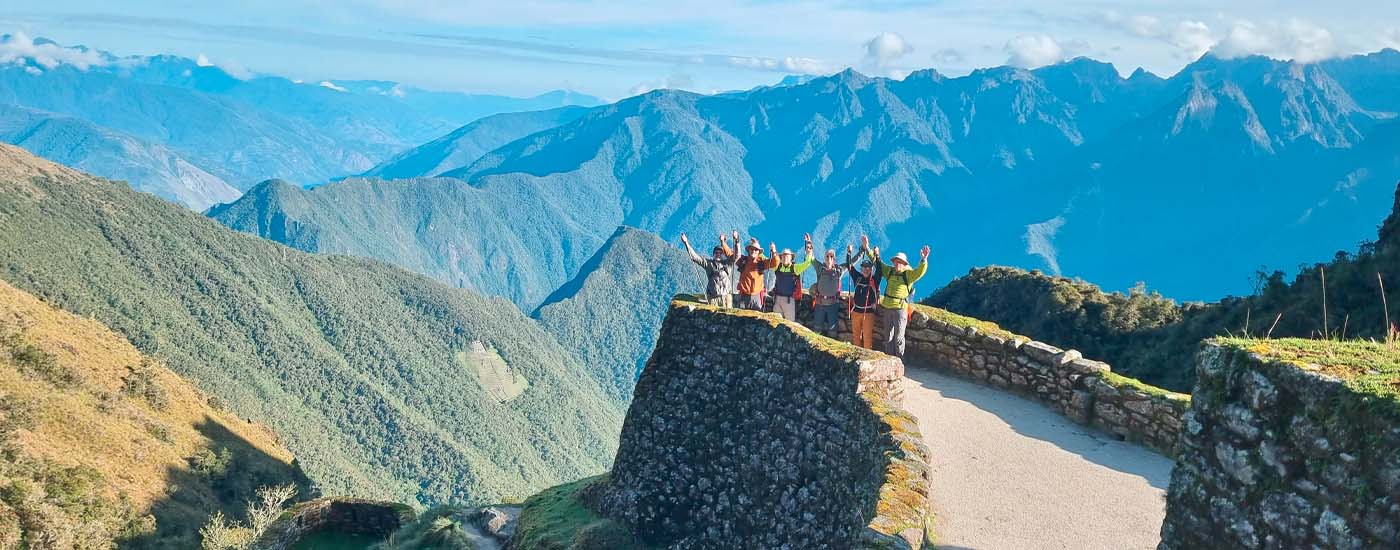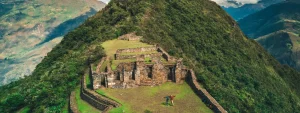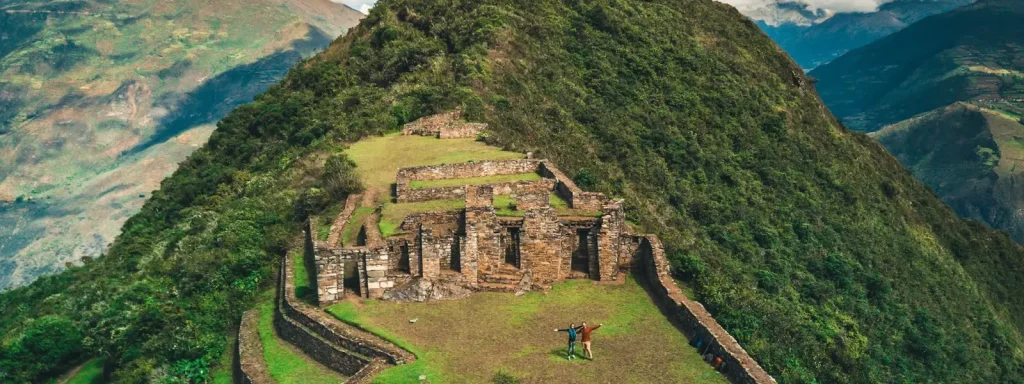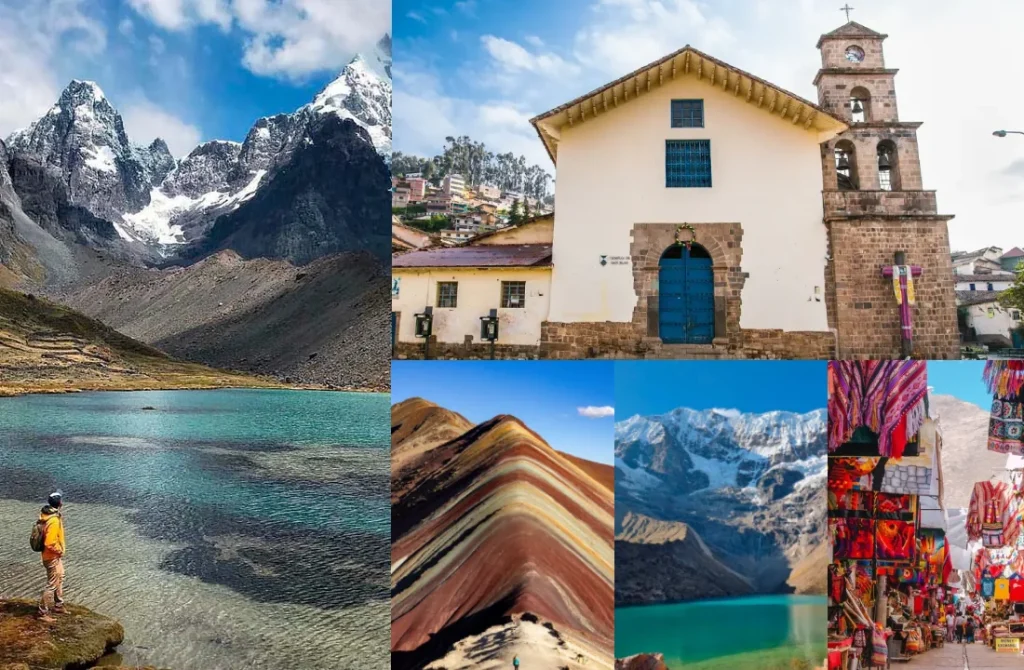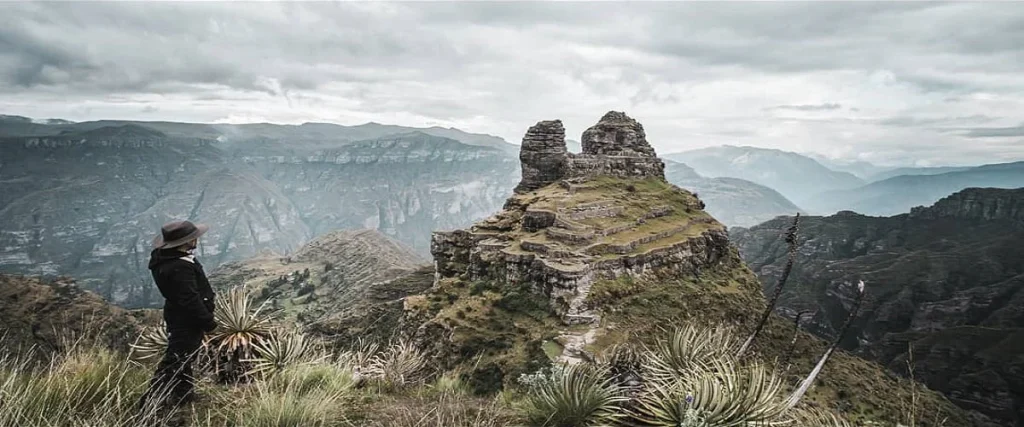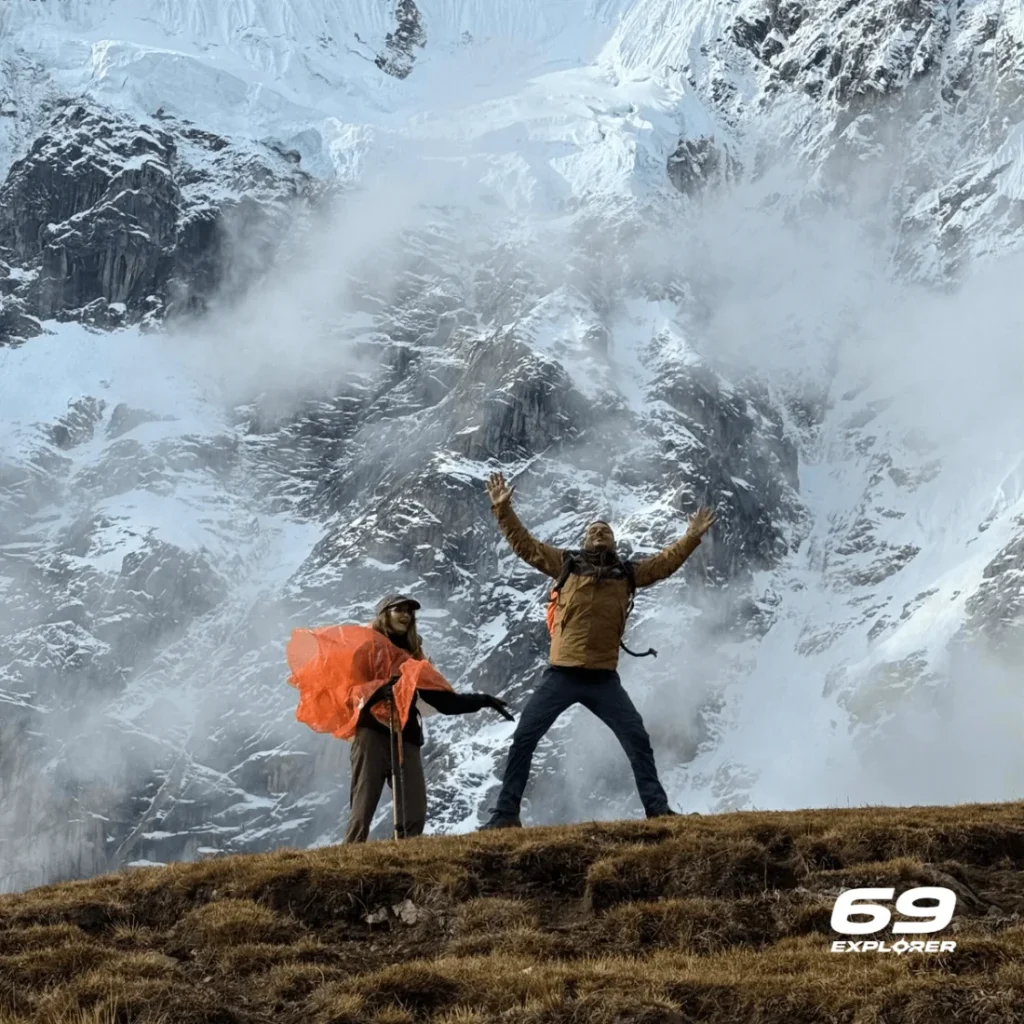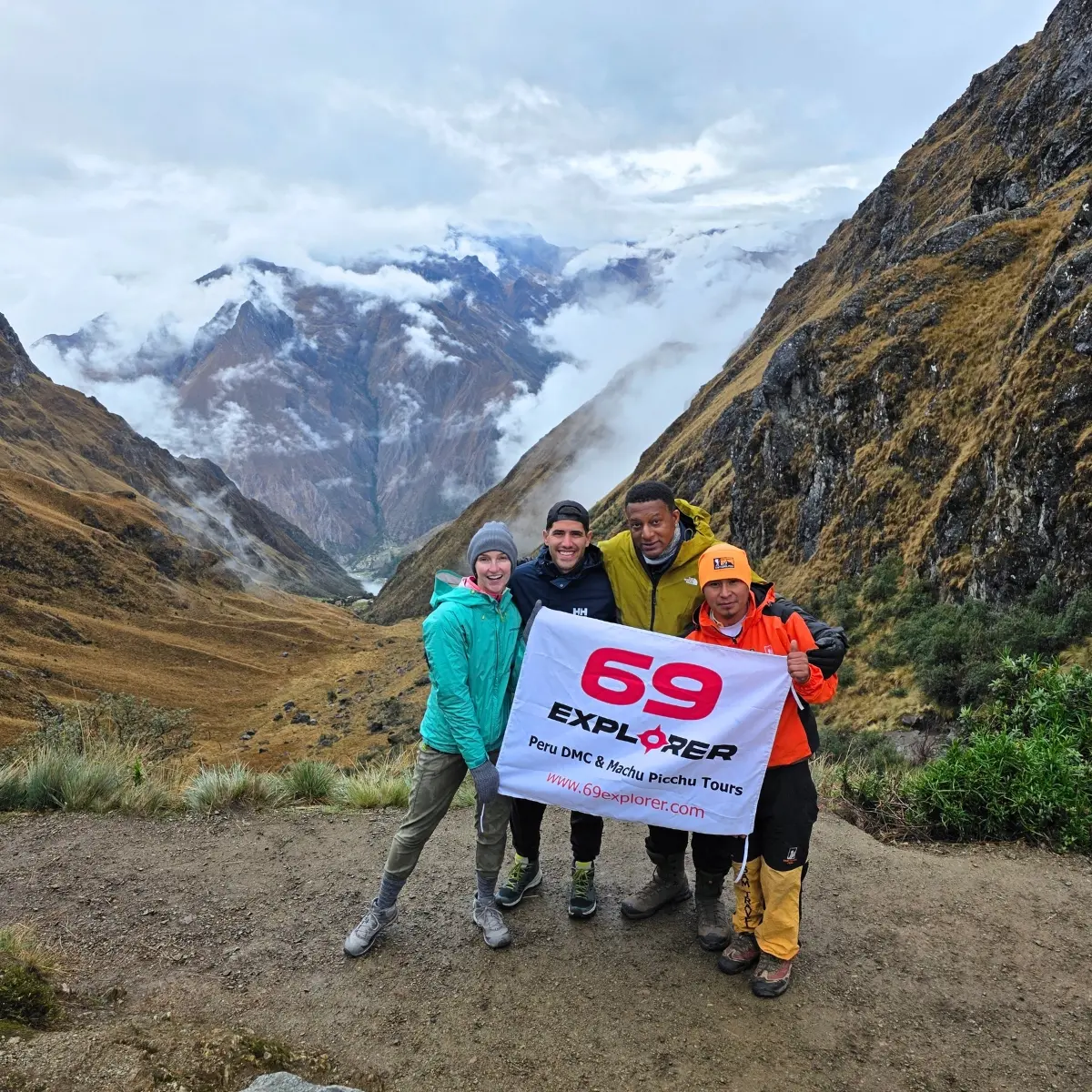The Inca Trail is a bucket-list trek that offers stunning landscapes, ancient ruins, and a sense of accomplishment unmatched by other adventures. However, the journey to Machu Picchu often involves trekking at high altitudes, which can pose challenges even for seasoned hikers. Altitude sickness, or acute mountain sickness (AMS), is one such challenge. Understanding and preparing for it is crucial to making your Inca Trail experience enjoyable and safe.
What is Altitude Sickness?
Altitude sickness occurs when your body struggles to adapt to the reduced oxygen levels at high altitudes. The Inca Trail reaches altitudes of up to 4,200 meters (13,800 feet) at Dead Woman’s Pass, the highest point of the trek. Symptoms of altitude sickness can range from mild to severe and include:
- Mild Symptoms: Headache, nausea, fatigue, dizziness, and shortness of breath.
- Moderate Symptoms: Worsening headache, difficulty sleeping, loss of appetite.
- Severe Symptoms: Confusion, inability to walk, fluid in the lungs or brain (a medical emergency).
How to Prevent Altitude Sickness
While altitude sickness can affect anyone regardless of fitness level, these tips can help minimize your risk:
- Acclimatize Before the Trek: Arrive in Cusco or a similar high-altitude location at least two to three days before starting the Inca Trail. This gives your body time to adjust to the altitude.
- Stay Hydrated: Drink plenty of water throughout your trek. Dehydration can exacerbate altitude sickness symptoms.
- Pace Yourself: The Inca Trail is not a race. Walk at a steady, comfortable pace, and listen to your body. Taking regular breaks helps prevent overexertion.
- Avoid Alcohol and Smoking: Both can negatively affect your body’s ability to acclimatize.
- Consider Medication: Consult your doctor about taking acetazolamide (Diamox), which can help prevent altitude sickness. Start the medication before ascending to higher altitudes.
- Use Natural Remedies: Coca leaves and coca tea, traditional Andean remedies, can help alleviate mild symptoms of altitude sickness. Many trekkers find these remedies effective.
- Eat Light, Nutritious Meals: Heavy meals can worsen nausea. Stick to foods rich in carbohydrates and easy to digest.
What to Do If You Feel Symptoms
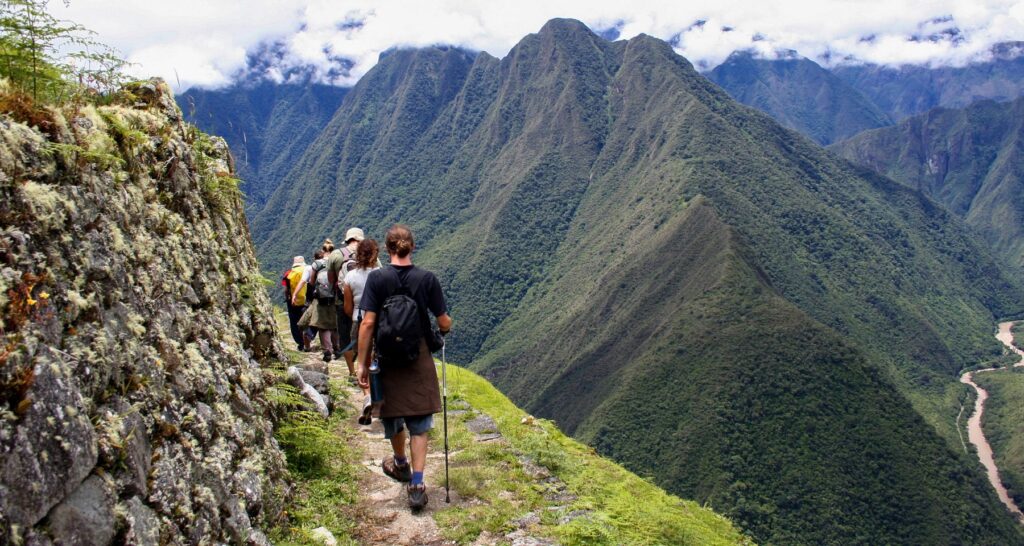
If you experience mild symptoms of altitude sickness, rest, hydrate, and notify your guide. Guides on the Inca Trail are trained to handle altitude-related issues and will monitor your condition. If symptoms worsen, it’s essential to descend to a lower altitude immediately. Severe cases may require evacuation, so ensure you have travel insurance that covers high-altitude trekking.
Why Choose 69 Explorer for Your Inca Trail Adventure?
At 69 Explorer, we prioritize your safety and comfort. Our experienced guides are well-versed in recognizing and managing altitude sickness, ensuring your trek is as smooth as possible. We also provide acclimatization tips, emergency support, and a well-paced itinerary to enhance your experience. By choosing us, you’ll be in capable hands, ready to enjoy the breathtaking beauty of the Inca Trail without undue stress.
Embark on the journey of a lifetime with 69 Explorer, where your adventure meets expert care. Book your Inca Trail tour today and trek with confidence!

